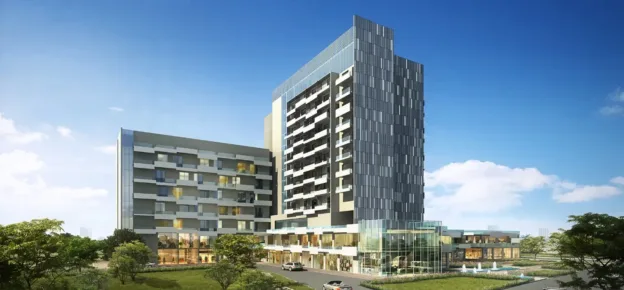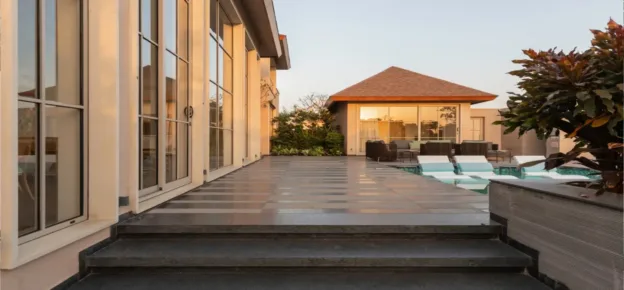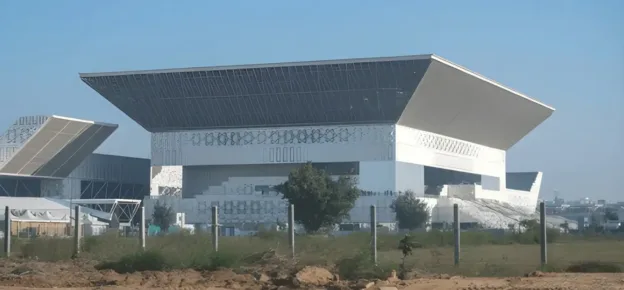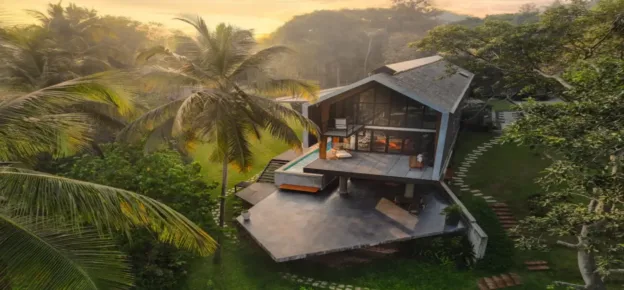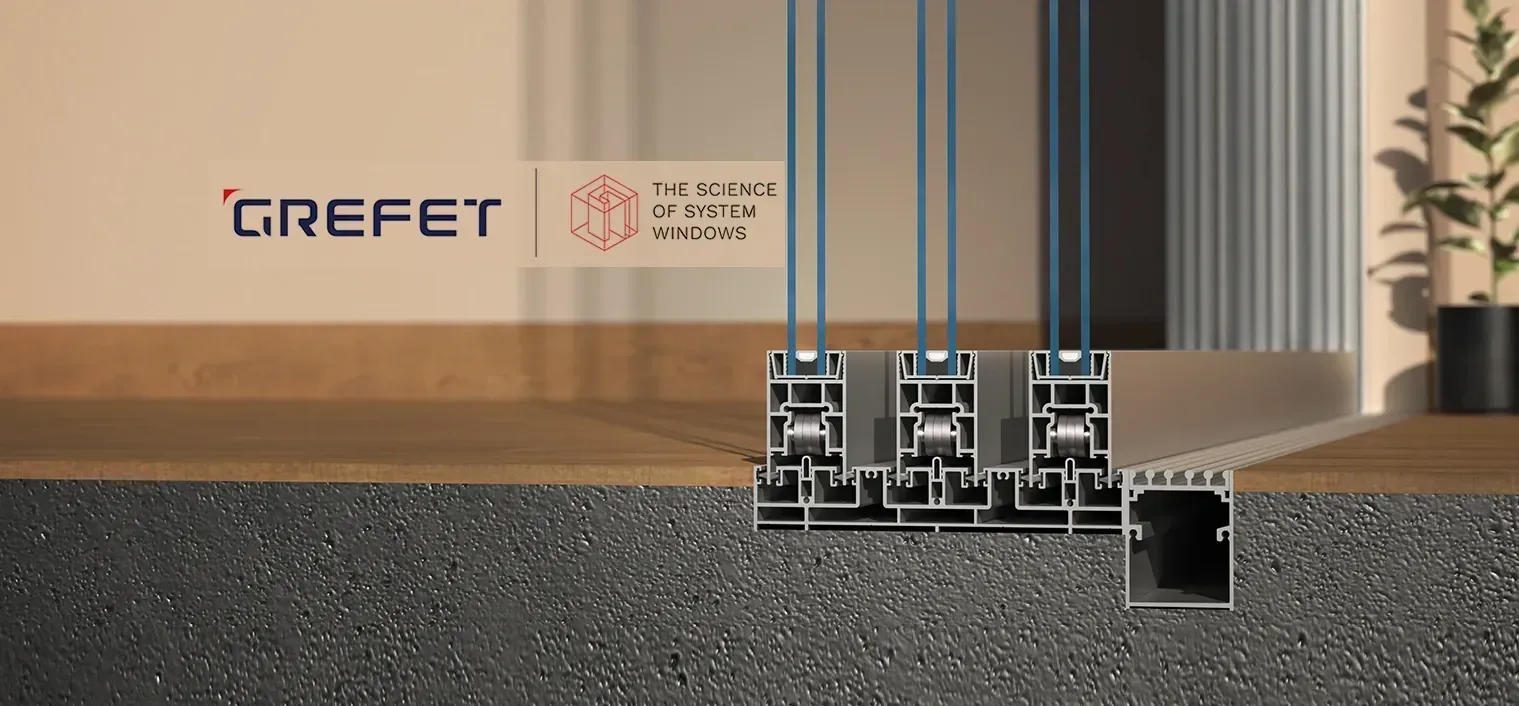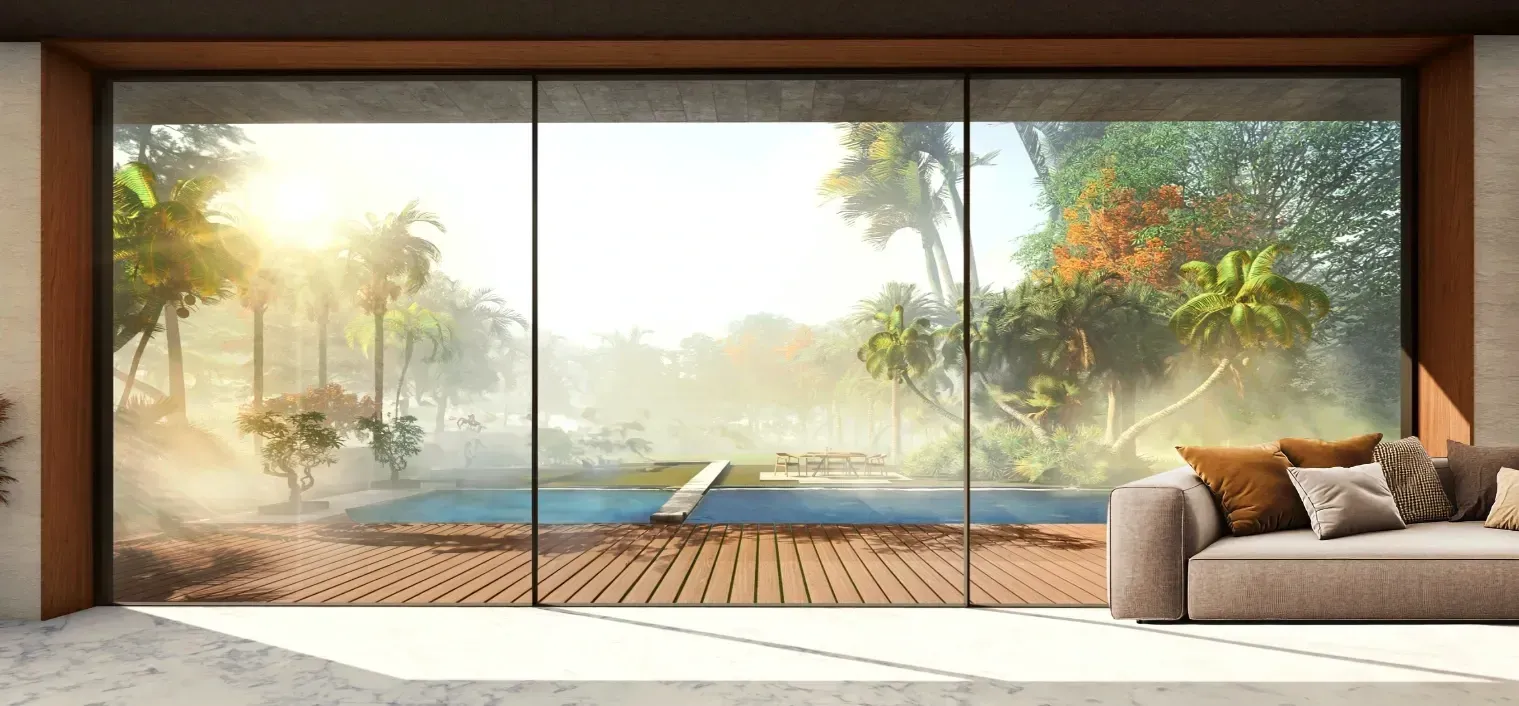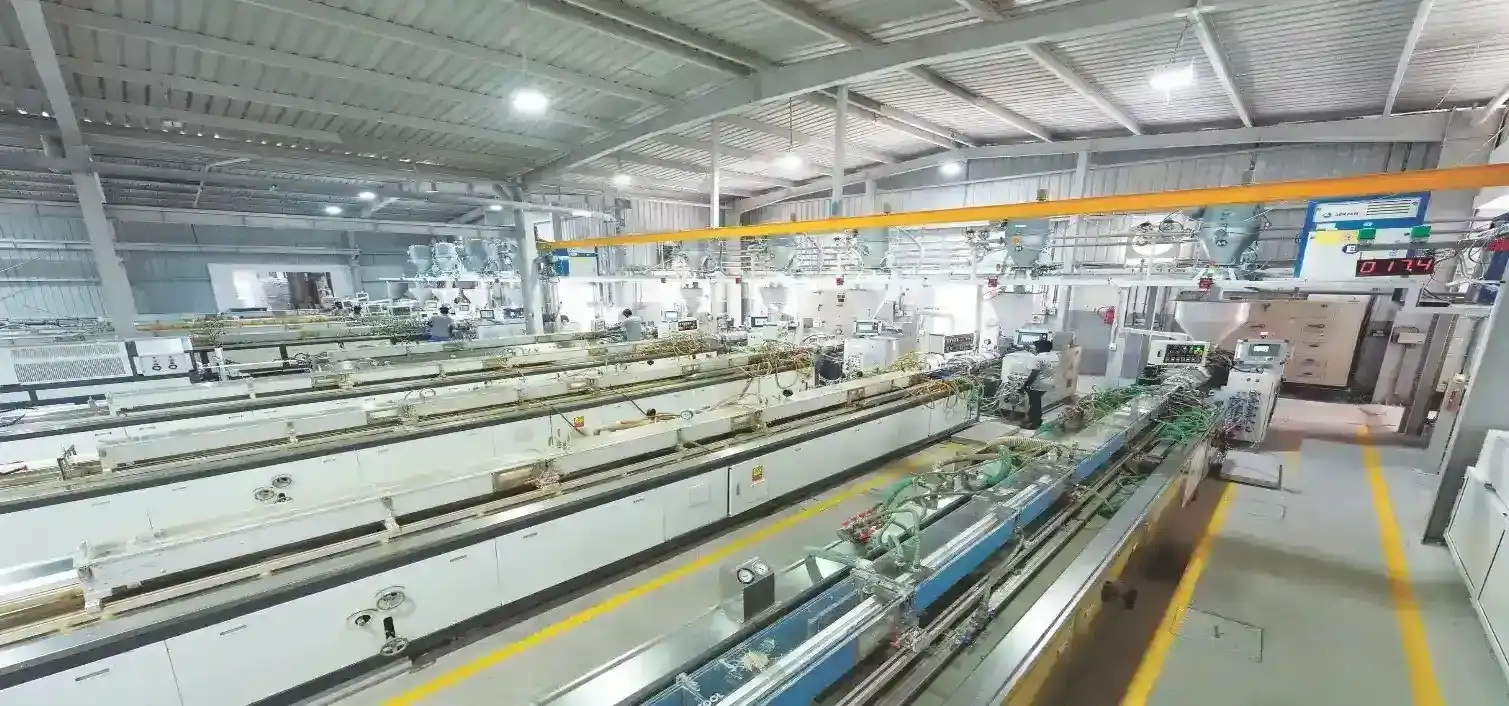Safety And Resilience In Fenestration Systems: The Rising Importance Of Impact-Resistant Fenestration In An Age Of Extreme Weather
As the frequency and severity of extreme weather events escalate across the globe, the resilience of the built environment has become a critical concern. From hurricanes battering coastal cities to inland hailstorms and tornadoes, structures are increasingly tested by nature’s fury. In response to this evolving climate reality, impact-resistant fenestration—specialised windows, doors, and skylights engineered to withstand windborne debris and high-pressure conditions – has emerged as a key pillar of resilient design.
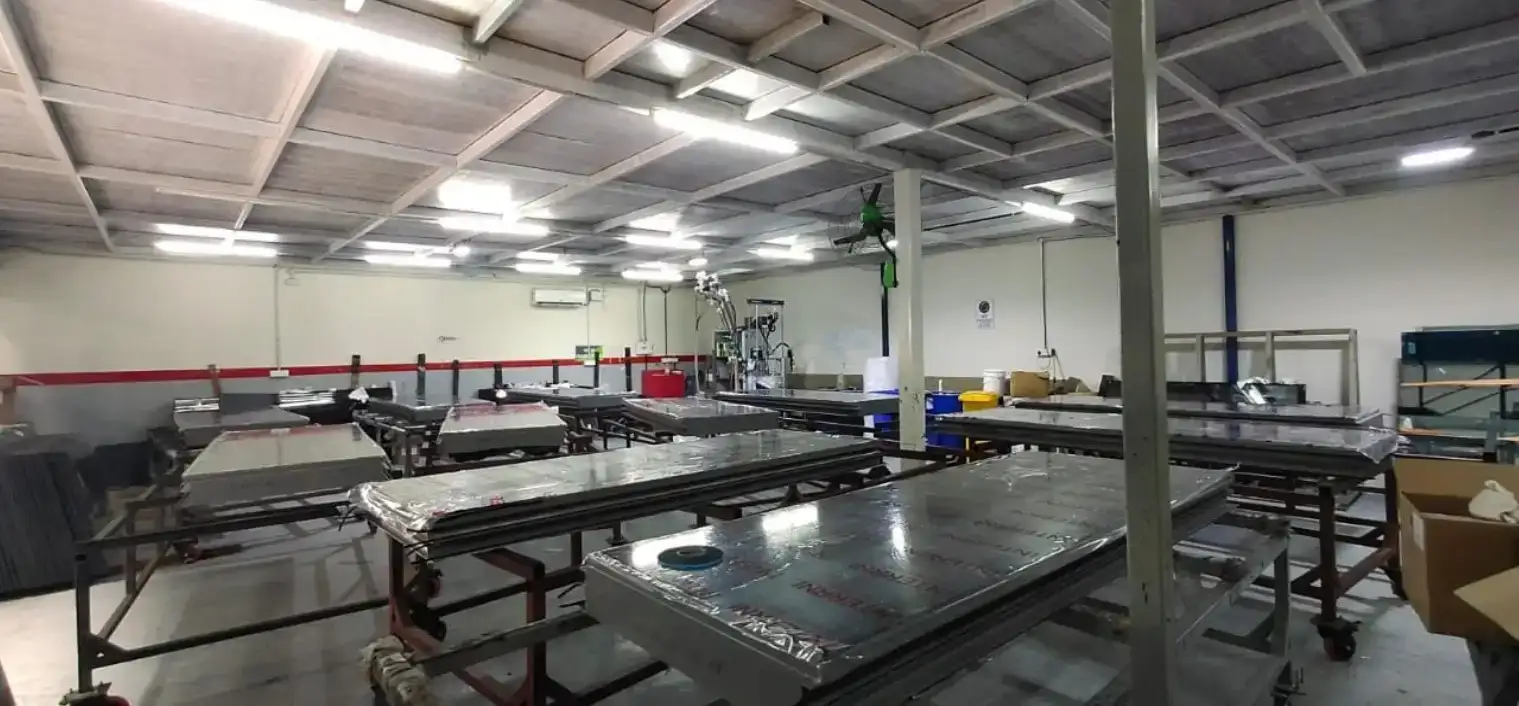
What was once considered a niche luxury or a code-mandated feature in hurricane-prone regions is now recognised as an essential requirement for both new construction and renovation projects.
The Science Behind Impact Resistance
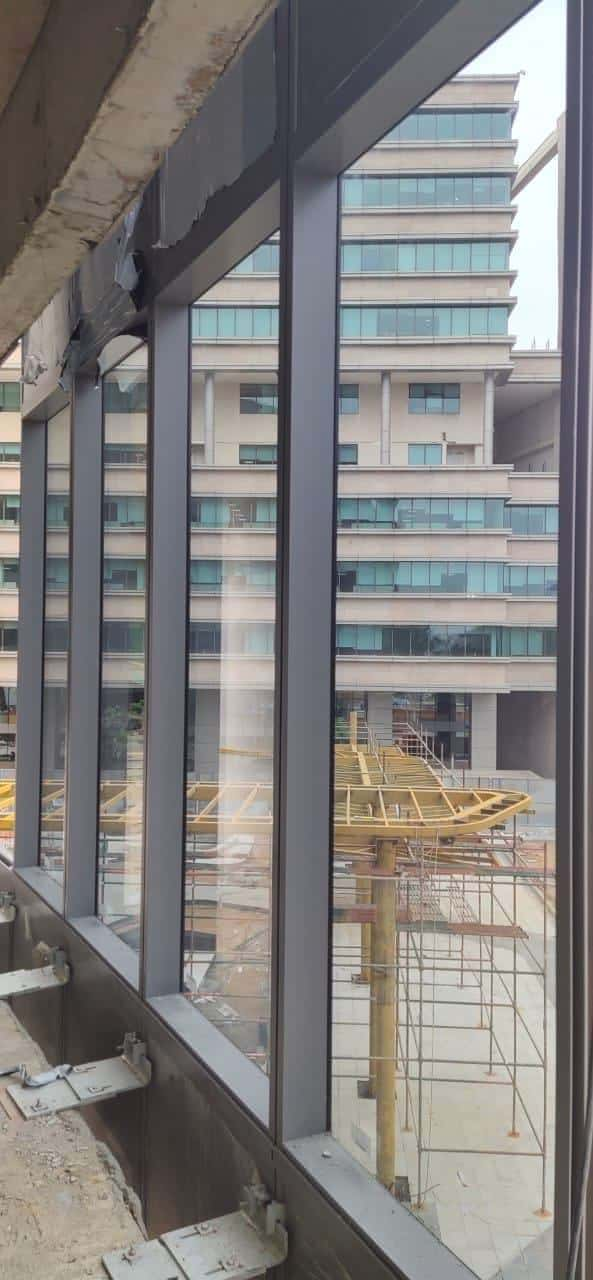
Impact-resistant fenestration combines advanced materials and engineering techniques to deliver exceptional durability. At the heart of these systems is laminated safety glass, which consists of two or more panes bonded with a strong interlayer. This interlayer, usually made of polyvinyl butyral (PVB) or ethylene vinyl acetate (EVA), holds the glass fragments together upon impact, preventing hazardous splinters and preserving the building’s protective barrier.
The strength of the surrounding frame is equally important. High-performance frames made of reinforced aluminium, steel, or composite materials are designed to absorb impact energy, resist warping, and remain securely attached to the building structure during severe weather events. Proper anchoring, high-quality gaskets, and effective water barriers play vital roles in maintaining the system’s integrity.
Weathering The Storm
The effectiveness of impact-resistant fenestration is not hypothetical; it has been repeatedly proven in real-world disasters. During Hurricane Ian in 2022, for example, buildings equipped with code-compliant impact-rated systems experienced significantly less damage and faster recovery than those with standard fenestration. When windows and doors hold under pressure, they prevent internal pressurisation, which can otherwise lead to catastrophic roof failures or structural collapse.
These systems are tested using standardised protocols such as ASTM E1996 and E1886, or the rigorous Florida Building Code’s TAS 201, 202, and 203. Tests simulate wind speeds exceeding 150 mph and projectile impacts using 9-pound lumber fired at speeds up to 50 feet per second.
Energy Efficiency And Environmental Impact
Many believe that increased safety comes at the cost of sustainability, but that is not the case with impact-resistant fenestration. These systems contribute meaningfully to green building goals. Laminated glass units can include low-emissivity coatings and argon-filled insulated glazing, improving thermal performance and helping buildings comply with energy standards such as the International Energy Conservation Code or meet LEED certification benchmarks.
They also reduce solar heat gain, limit ultraviolet radiation that fades interior finishes, and provide excellent acoustic insulation. Their long lifespan further supports sustainability by reducing the need for frequent replacements and minimising waste.
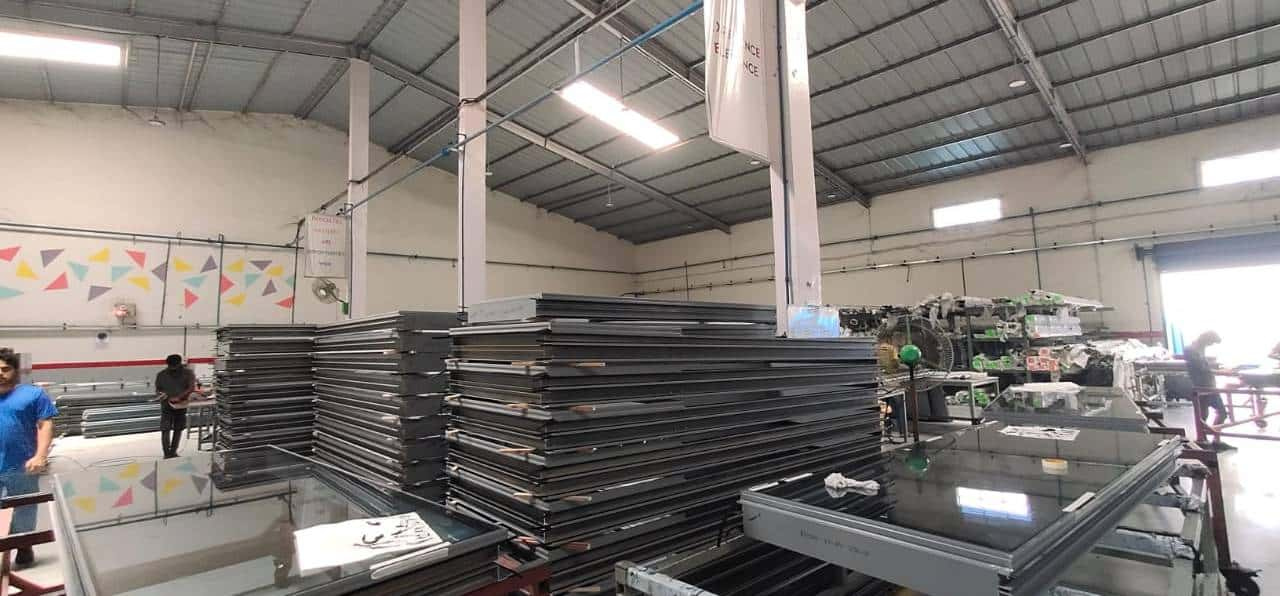
Smart Systems And Future Innovations
Technology is rapidly reshaping the fenestration industry. Smart glass solutions now integrate impact resistance with dynamic tinting features that adapt to light conditions, improving comfort and energy efficiency. Some systems include built-in sensors that detect impact stress, identify air or water leakage, and connect with building automation systems to support quick response and maintenance.
New materials such as ionoplast interlayers offer higher strength and better optical clarity compared to traditional options. At the same time, innovations like three-dimensional printing are beginning to revolutionise the production of components, enabling bespoke designs that blend performance with visual appeal.
Insurance And Cost Effectiveness
While the initial investment in impact-resistant fenestration is typically 30 to 50 per cent higher than standard glazing, the long-term benefits are clear. Many insurance providers offer premium discounts for buildings with certified systems, especially in high-risk zones. Government incentives, resilience grants, and energy efficiency rebates can also help offset the cost.
Beyond financial savings, these systems offer critical protection against property damage, business disruptions, and safety risks.
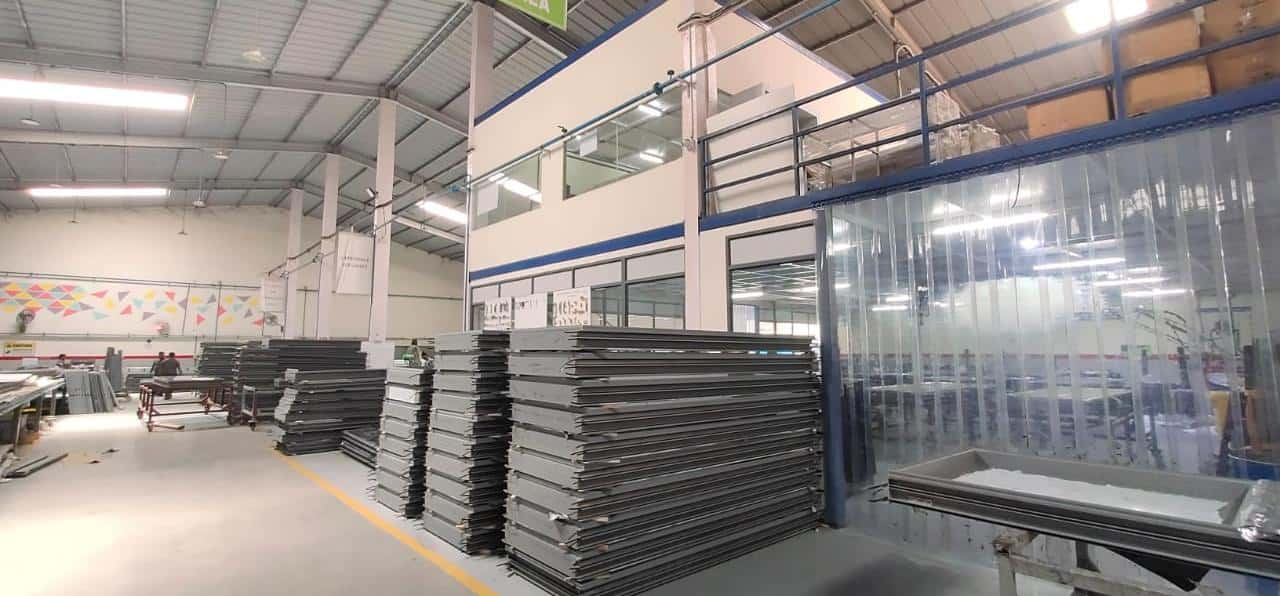
Design Without Compromise
A common misconception is that incorporating impact resistance restricts architectural creativity. In reality, today’s products allow for expansive glass walls, curved surfaces, and custom glazing solutions that meet even the most stringent safety requirements. Modern certified systems include curtain walls, operable windows, and even frameless glass installations.
Manufacturers provide a wide variety of frame finishes, tints, and profiles to suit diverse design preferences, allowing architects to create bold and beautiful structures that are also resilient.
Retrofit Potential
For existing buildings, upgrading to impact-resistant fenestration can be transformative. Retrofitting solutions include:
- Inserting laminated glass into existing frames (if structurally sound).
- Replacing entire units with pre-certified impact-rated assemblies.
- Installing storm panels or exterior shutters as supplementary protection.
- Programs such as FEMA’s Pre-Disaster Mitigation (PDM) and HUD’s Community Development Block Grant (CDBG) funding can support retrofit efforts, especially in vulnerable communities.
With the growing threat of climate change, the importance of resilient building practices has never been more evident. Impact-resistant fenestration is no longer an optional upgrade – it is a strategic investment that enhances safety, sustainability, and long-term value. Whether for new developments or retrofit projects, adopting these systems ensures that buildings are equipped to meet today’s challenges and those of the future.
Case Study –
| Block F2, Embassy Manyata Business Park, Bengaluru |





